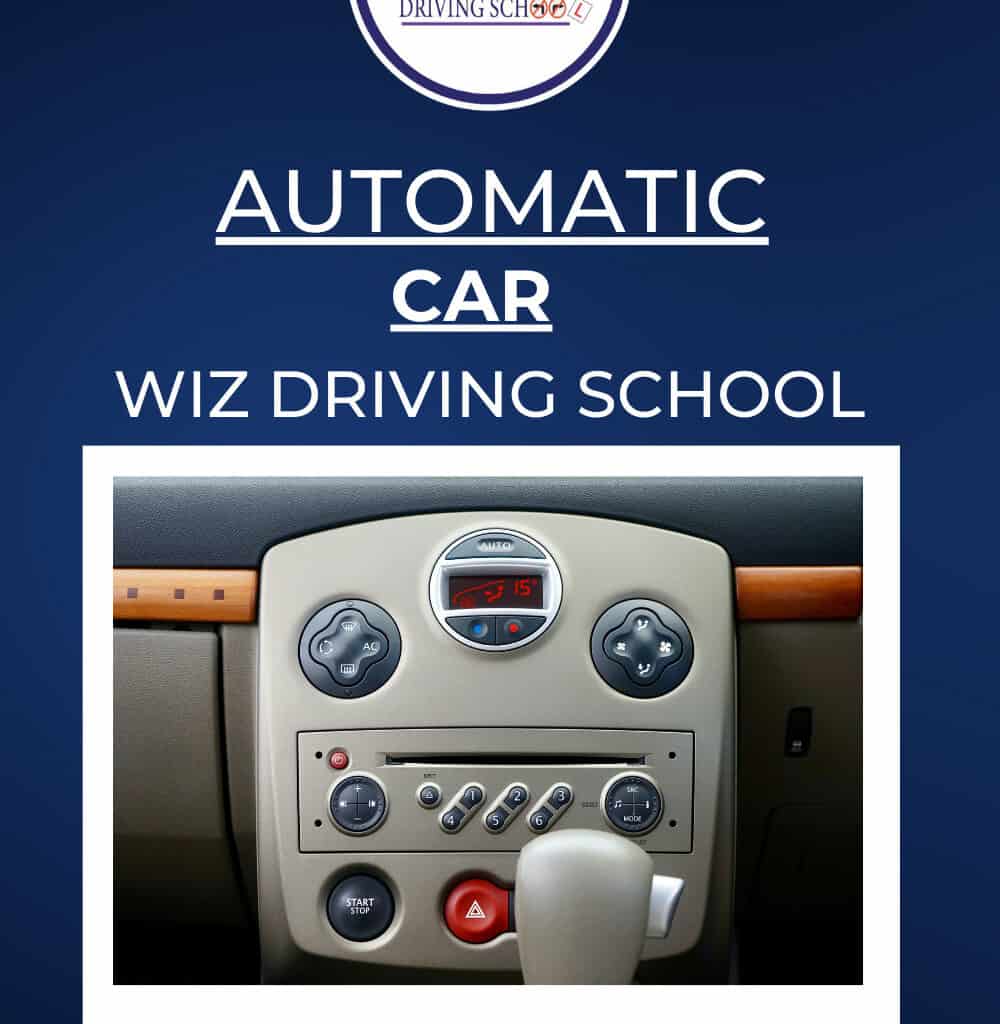Automatic driving, also known as autonomous driving or self-driving technology, is a groundbreaking advancement in the automotive industry. It refers to vehicles that can operate without human intervention, relying on a combination of sensors, cameras, and artificial intelligence algorithms to navigate and control the vehicle’s movement. This technology has the potential to revolutionize transportation as we know it.

Future of Automatic Driving
The future of automatic driving holds immense promise. As technology continues to advance at an unprecedented pace, we can expect to see more widespread adoption of autonomous vehicles on our roads. These vehicles have the potential to enhance safety, reduce traffic congestion, and improve overall transportation efficiency. With ongoing research and development, we are moving closer to a world where self-driving cars are the norm rather than the exception.
Advantages of Automatic Driving
- Enhanced Safety: Automatic driving systems are designed to minimize human errors, a leading cause of accidents. They can react faster than humans to potential dangers, reducing the risk of collisions.
- Improved Traffic Flow: Autonomous vehicles can communicate with each other, leading to smoother traffic flow and reduced congestion. This can significantly cut down on travel time.
- Accessibility: Self-driving cars can provide mobility to individuals who are unable to drive due to age or disabilities, offering newfound independence.
- Eco-Friendly: Automatic driving can optimize routes and driving patterns, leading to reduced fuel consumption and greenhouse gas emissions, benefiting the environment.
- Productivity: Passengers can utilize travel time more efficiently by working, reading, or relaxing while the car takes care of the driving.
Disadvantages of Automatic Driving
- High Initial Cost: The technology required for autonomous vehicles can be expensive, which may limit their accessibility to a wider population.
- Data Security Concerns: Autonomous vehicles rely heavily on data, which raises concerns about data privacy and potential cyberattacks.
- Lack of Human Judgment: While self-driving cars are excellent at following rules, they may struggle with complex situations that require human judgment.
- Technological Limitations: Adverse weather conditions, unclear road markings, and rapidly changing environments can challenge the effectiveness of autonomous systems.
Conclusion
With Wiz Driving School, Automatic driving represents an exciting frontier in transportation. With continued advancements, it promises to reshape the way we commute, offering numerous benefits such as improved safety, reduced congestion, and increased accessibility. However, it also comes with challenges, including high costs and technological limitations. As we navigate towards this automated future, striking a balance between innovation and safety will be crucial to realizing the full potential of automatic driving technology.

